Norwegian Beverages: Basic Overview
Common Ingredients
Common Preparing Methods
Drinking Etiquette
Influence and Fusion
Norwegian Beverages: Origin and Region
Cuisine
Culinary Region
Classifications of Norwegian Beverages
-
Alcoholic Beverages
Norwegian alcoholic drinks are a blend of tradition and innovation. Aquavit, a classic spirit flavored with caraway or dill, is central to many celebrations and is enjoyed both neat and in modern cocktails.
The craft beer scene in Norway is vibrant, with local brewers experimenting with unique flavors and high-quality ingredients. These beers range from traditional styles to creative brews
-
Non-alcoholic Beverages
Non-alcoholic drinks are a big part of daily life in Norway, with coffee taking the lead. Norwegians love their coffee, enjoying it in various forms throughout the day, often in cozy settings emphasizing warmth and togetherness, known as “kos.”
Besides coffee, Norway offers a range of natural drinks like fresh fruit juices, herbal teas, and the famous Voss water. These beverages highlight Norway’s preference for pure, natural flavors.
Norwegian beverages reflect the rich cultural heritage of this Scandinavian country, shaped by its maritime climate and long winters. These drinks offer a range of flavors, from robust and aromatic to refreshing and sweet.
They are crafted using traditional brewing techniques for beers and spirits, while modern methods process fruit juices and soft drinks.
Aquavit, a spirit distilled from potatoes or grain and flavored with botanicals like caraway and dill, is central to celebrations. Gløgg, a warm, spiced wine, is popular during the colder months.
Non-alcoholic drinks also play a significant role, with coffee being a favorite among Norwegians and among the highest consumers globally. Other popular non-alcoholic options include fruit juices, herbal teas, and the orange-flavored soda Solo.
In this read, you’ll discover the most famous Norwegian beverages, exploring their diverse types and unique preparation methods. Plus, at the end of the article, you’ll uncover the key aspects of Norway’s rich drinking traditions.
Start your journey now!
10 Best Norwegian Beverages
Here are 10 famous Norwegian beverages, both alcoholic and non-alcoholic. As you explore, use the filter function to quickly find your favorites.
Norwegian Coffee
- Non-Alcoholic
- Traditional
In Norway, coffee, or “kaffe,” is a cultural staple. The traditional “kokekaffe” method involves boiling coarsely ground coffee, resulting in a strong, rich brew. Norwegian Egg Coffee, made by mixing an egg with coffee grounds before boiling, offers a smooth, less acidic alternative.
Coffee is a daily ritual in Norway, enjoyed year-round at any time of day. It’s central to social gatherings, outdoor activities, and cozy coffee shop visits during long winters. Favorite spots include Espresso House, Kaffebrenneriet, Stockfleths, and Tim Wendelboe.
Aquavit
- Alcoholic
- Traditional
Aquavit, or “akevitt,” is Norway’s national spirit, flavored with herbs and spices like caraway and dill. This smooth, warming drink is perfect for cold weather and festive occasions. Aged versions in oak barrels offer richer flavors.
Aquavit is enjoyed neat or in cocktails, especially during Christmas, Easter, and Midsummer. Its unique taste and cultural significance make it a beloved part of Norwegian heritage, particularly in the colder months.
Juleøl
- Alcoholic
- Traditional
Juleøl, or “Christmas Beer,” is a Norwegian holiday brew known for its rich, malty flavor with notes of caramel and dried fruit. Typically, it has an alcohol content of 6% to 7%, but some versions are stronger.
This dark, full-bodied beer is a staple at Christmas gatherings, enjoyed from mid-November to mid-January. Popular variations include Ringnes’ Julebokk, Færder’s Røkelse, and Haandbryggeri’s Fatlagret Bestefar.
Solo
- Non-Alcoholic
- National
Solo is a national Norwegian soda introduced in 1934. Known for its bright, citrusy flavor and natural fruit juice content, it offers a crisp, refreshing taste. This non-alcoholic drink is a favorite among both kids and adults, enjoyed year-round.
The original orange flavor is the most popular, though limited-edition variations occasionally appear. Solo is perfect for any occasion, from family gatherings to festive celebrations.
Gløgg
- Alcoholic
- Traditional
Gløgg, also known as “Nordic mulled wine,” is a favorite Norwegian winter drink, especially around Christmas. Made by simmering red wine with spices like cinnamon, cloves, cardamom, and ginger, it has a rich, spicy flavor and smooth, slightly syrupy texture.
Non-alcoholic versions made with fruit juices are also well-loved. This warm, festive drink is a staple at Christmas markets and family gatherings across Scandinavia. Often garnished with raisins, almonds, and citrus slices, gløgg brings warmth and cheer during the cold months.
Mjød
- Alcoholic
- Traditional
Mjød, or “mead,” is an ancient Norwegian drink made from fermented honey and water, often with fruits, spices, or herbs. Its sweet, complex flavors range from floral and fruity to earthy and spiced.
Mjød is enjoyed year-round in Norway and has gained global popularity, especially in regions with Viking heritage. It can be served chilled, at room temperature, or warmed.
Cider
- Alcoholic
- National
Cider, or “Eplecider” in Norwegian, is a common drink made from fermented apple juice. It’s perfect for any occasion with a crisp, refreshing taste that ranges from sweet to dry.
Hardanger cider is especially famous, crafted from apple varieties like Discovery and Gravenstein, available in dry, semi-dry, and sweet versions.
Popular in Norway and Europe, cider is enjoyed year-round and pairs well with any meal. It’s often featured at harvest festivals and local celebrations, reflecting Norway’s apple-growing heritage.
Julebrus
- Non-Alcoholic
- National
- Street Beverages
Julebrus, or “Christmas soda,” is a popular Norwegian holiday drink. This sweet, fizzy beverage comes in vibrant red or pale-brown colors, with flavors of strawberries, raspberries, and a hint of spices. Brands like Aass julebrus, Grans røde julebrus, and Hansa Julebrus offer unique versions.
Enjoyed from late October to December, Julebrus is a staple at Christmas meals and gatherings. It’s a festive non-alcoholic option for everyone, often packaged with holiday-themed designs featuring snowflakes and Santa Claus.
Norwegian Farmhouse Ale
- Alcoholic
- Traditional
Norwegian Farmhouse Ale, or “Maltøl,” is a traditional beer with rustic flavors from locally sourced ingredients. It typically features earthy, malty notes with hints of smoke and a slightly tangy finish.
Smooth and creamy, this ale includes variations like fruity Kveik ales and smoky Stjørdalsøl. Celebrated in Norway and internationally, Farmhouse Ale is enjoyed year-round, especially at festivals and gatherings.
Stjørdalsøl
- Alcoholic
- Traditional
Stjørdalsøl, also known as Hegra Maltøl, is a traditional Norwegian farmhouse ale known for its smoky flavor from malt dried over an open fire. This rich, complex beer has earthy, malty notes and a smooth texture.
Loved in Norway and by craft beer enthusiasts worldwide, Stjørdalsøl is enjoyed year-round, especially at local festivals and gatherings. It’s a staple at cultural events, highlighting its importance in Norwegian heritage and rural life.
What Are the Key Aspects of Norwegian Drinking Traditions?
Here are the 6 key aspects of Norwegian drinking traditions:
Toasting with “Skål”
Saying “Skål” and making eye contact before taking a sip is a must. This practice shows respect and brings everyone together. This tradition resembles toasting customs in Sweden’s beverage assortments and Danish drink choices.
Moderation and Etiquette
Responsible drinking is important. Norwegians wait until everyone is served before drinking, and public drunkenness is frowned upon.
Craft Beer and Local Brews
Norway has a thriving craft beer scene with numerous small breweries producing innovative beers. The focus on high-quality ingredients and unique brewing techniques reflects a tradition shared with other Northern European cultures like Belgian drink varieties and German beverage choices.
Cozy Atmosphere (“Kos”)
Drinking often happens in cozy, comfortable settings. This concept, known as “kos,” emphasizes warmth, comfort, and togetherness.
Social and Community Gatherings
Drinking is a key part of social and community life in Norwegian culture. Socializing often begins with pre-parties (known as “forspiel” in Norwegian) at home to save on the high cost of alcohol in bars and clubs, much like the drinking scene of the Netherlands and Germany.
This communal approach to drinking emphasizes bonding with friends and family before heading out for the night.
Dish and Drink Pairings
Dish and Drink Pairings: Tasty Norwegian dishes like fårikål, pinnekjøtt, and gravlax pair well with beverages such as robust red wine, aquavit, and crisp white wines, respectively, enhancing their rich and smoky flavors.
Norwegian beverages are as diverse and fascinating as the country itself. Did you find a favorite drink? Share your thoughts below and explore more unique beverages from around the world on our website!



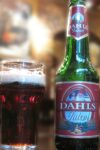
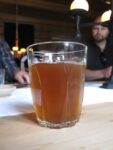
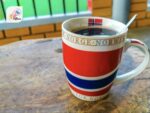



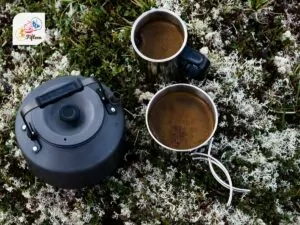
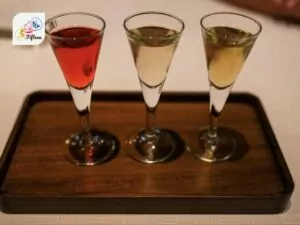
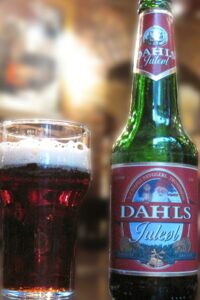

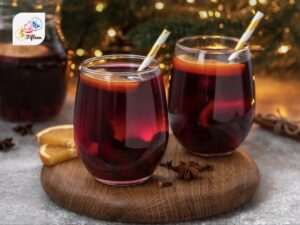
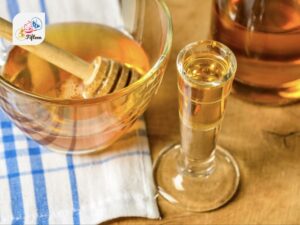
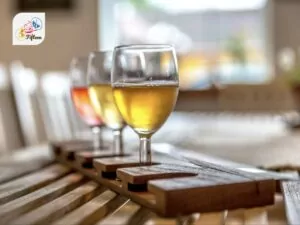
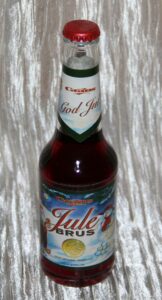
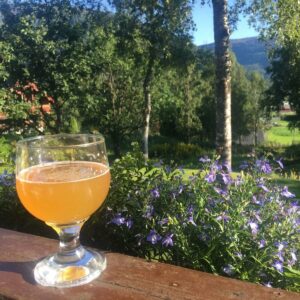

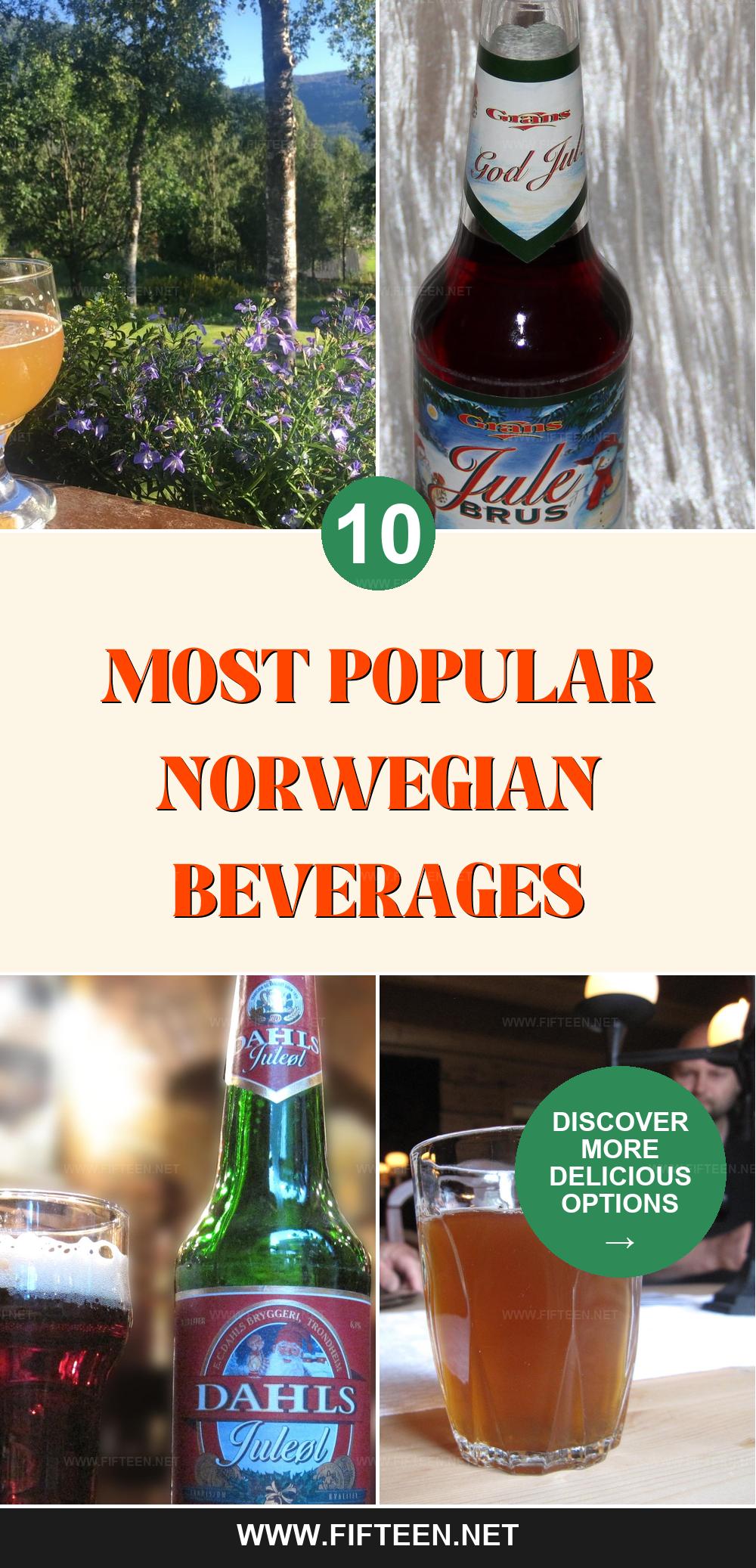
Jamie Scott
Editor in Chief, Senior Content Writer
Expertise
Home Cooking, Meal Planning, Recipe Development, Baking and Pastry, Food Editor, Cooking-video Maker, Western Food Evaluation Expert
Education
Le Cordon Bleu College of Culinary Arts
Local Community College, New York, NY
Jamie Scott is a skilled culinary expert and content creator specializing in Western cuisine. With over 15 years in the culinary field and formal training from Le Cordon Bleu, Paris, Jamie deeply understands how to blend nutrition with delicious flavors. His passion for cooking matches his commitment to making healthy eating accessible and enjoyable.
On Fifteen.net, Jamie brings a fresh perspective to classic dishes and beverages, offering readers insightful recipes, cooking tips, and a fresh view on meal planning that emphasizes taste, health, and simplicity.